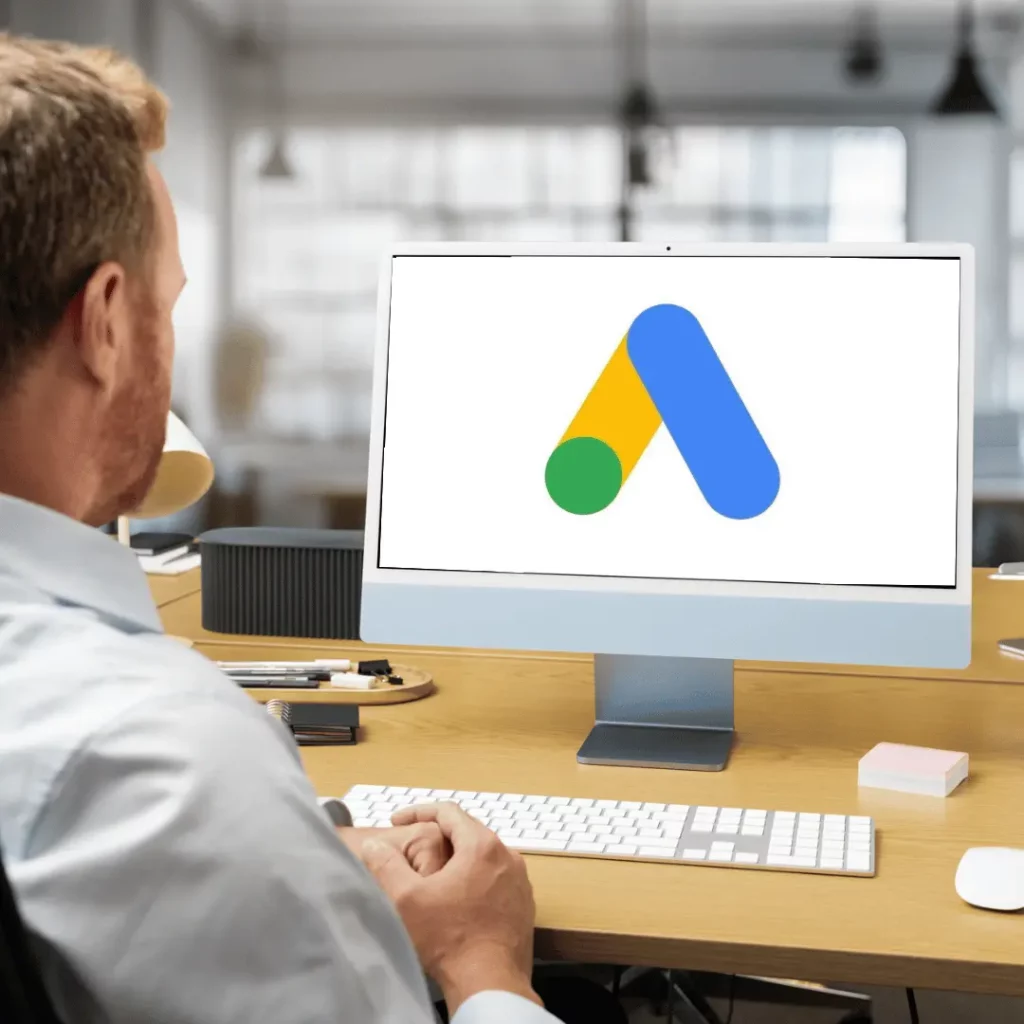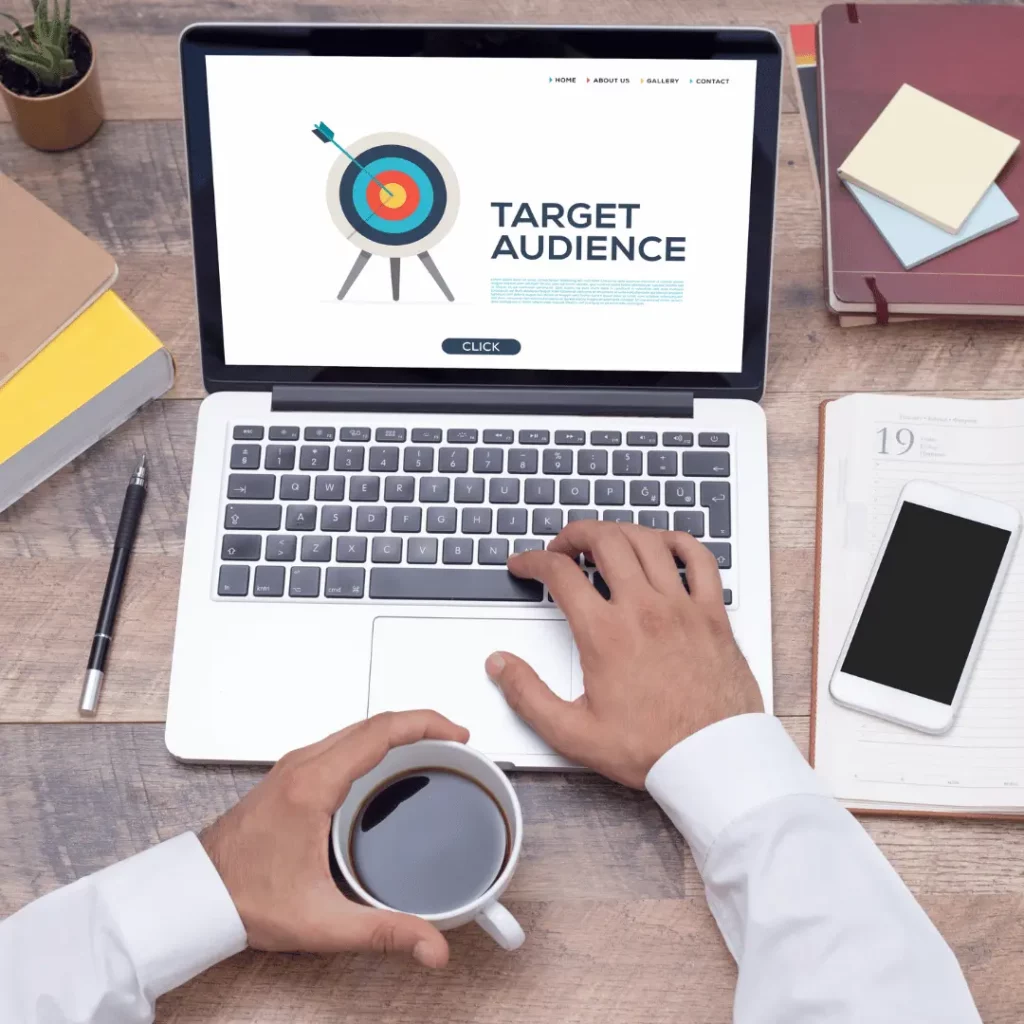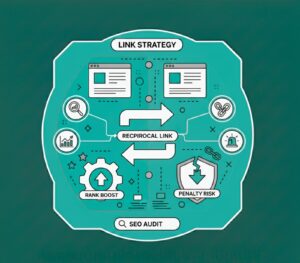PPC Copywriting: How to Write Ads That Convert
Blogs | PPC
Written By: Nyah Mallen
Blogs | PPC
Written By: Nyah Mallen
Introduction
Did you know that the right PPC ad copy can make the difference between a wasted budget and a high-converting campaign? A poorly written ad can fail to capture attention, leading to low click-through rates and lost opportunities. Advertisers who optimise their headlines and descriptions are likely to see an increase in conversions.
For marketers and business owners, PPC advertising is more than just bidding on keywords, but is also about creating compelling messages that resonate with your audience and drive action. While weak ad copy can result in low engagement and high costs, well-written ads can boost brand awareness by up to 80%, attract quality traffic, and maximise your return on investment.
However, writing PPC ads that truly convert requires more than just catchy phrases. That’s why, in this article, we’ll walk you through the key principles of PPC copywriting, helping you create ads that capture attention, spark interest, and drive clicks.

Understanding the Basics of PPC Copywriting
PPC copywriting refers to the process of creating text ads that appear on platforms like Google Ads, Facebook Ads, and Bing Ads. Unlike SEO copywriting, which focuses on long-form content, PPC ads must be concise, direct, and persuasive. Every word counts.
A standard PPC ad typically includes:
- Headline: The first thing users see. It must grab attention.
- Description: A brief explanation of your offer, highlighting benefits.
- Display URL: A visible web address that reassures users they’re clicking on the right link.
- Ad Extensions: Additional links, callouts, or site links to improve visibility.
Your goal is to make each element work together to encourage users to click and take action.
Knowing Your Audience
Before writing PPC ads, you need to understand your audience’s needs and what they’re searching for. Consider:
- Who are your ideal customers? What age bracket do they fall into? What are their interests? What problems do they need solving?
- What stage of the buyer’s journey are they in? Are they still learning about your products or services? Are they considering whether to buy? Are they ready to commit?
- What search intent do they have? Are they looking for more information on a topic? Are they trying to get to a specific page or site? Are they looking to make a purchase?
For example:
- Someone searching “best running shoes for beginners” is in the research phase, so your add should educate.
- Someone searching “buy women’s running shoes online” has high purchase intent. Your add should focus on price, discounts, and a strong call-to-action (CTA).

Writing High-Converting PPC Headlines
The headline is the most important element of your PPC ad. According to Embryo, around 80% of users only read the headline, while just 20% go on to read the rest. This makes it essential to craft a compelling, attention-grabbing headline that entices users to click.
Tips for Writing Compelling Headlines
- Incorporate relevant keywords that align with search intent or terms your target audience is likely to use in their Google searches. To learn more about keyword research, why not read our article on how to find high-converting keywords for PPC?
- Use numbers or statistics, as headlines with figures tend to receive 73% more social shares and engagement.
- Address your audience’s pain points and desires. By presenting a solution to their problems, you make your product or service more appealing. Clearly communicate the value your brand offers to customers.
- Create a sense of urgency or exclusivity. Phrases like “Limited Stock” or “Sale Ending Soon” can motivate users to act quickly, driven by the fear of missing out on a valuable opportunity.
Examples of Strong PPC Ad Headlines
❌ Weak: “Get Affordable Web Design Services”
✅ Strong: “Custom Web Design – First Month Free!”
❌ Weak: “Best Marketing Software for Businesses”
✅ Strong: “Boost Sales by 30% with Our Marketing Tool”
Creating Persuasive Ad Descriptions
Your ad description should complement your headline and encourage users to take action. With platforms like Google Ads and Bing Ads limiting you to 90 characters per line, it’s crucial that every word counts and serves a clear purpose.
How to Write Compelling Descriptions
- Focus on benefits, not features. Show how your product helps your audience, not just what it is (e.g., “Achieve glowing skin in 7 days” vs “Contains Vitamin C”).
- Use emotional triggers to create a more authentic connection and build brand loyalty (e.g., “Never worry about losing data again”).
- Be clear and action-oriented, so users know exactly what to expect (e.g., “Sign up today for 50% off”).
Examples of Strong PPC Ad Descriptions
❌ Weak: “We offer affordable SEO services.”
✅ Strong: “Rank #1 on Google – Try Our SEO Services Risk-Free!”

Driving Action with CTAs
Ultimately, ads are designed to persuade users to take a specific action, whether it’s signing up for a mailing list, making a purchase, or completing a lead form. A strong CTA should clearly guide users on what to do next, with clear CTAs boosting conversion rates by as much as 161%. Instead of vague CTAs like “Learn More,” opt for more specific, action-oriented phrases.
Examples of Powerful CTAs
❌ Weak: “Book Now”
✅ Strong: “Book Your Free Consultation Today!”
❌ Weak: “Learn More”
✅ Strong: “Learn More About Our Services”
❌ Weak: “Sign Up”
✅ Strong: “Sign Up to Our Free Course!”
Using Ad Extensions for More Impact
Ad extensions improve visibility and provide additional information. Google Ads offers several extension types, with the most popular being:
- Sitelink Extensions: Direct users to specific pages (e.g., “Pricing”, “Testimonials”).
- Callout Extensions: Highlight key selling points or social proof (e.g., “24/7 Support, Free Returns”).
- Structured Snippet Extensions: Display product/service categories users may be searching for (e.g., “Services: PPC, Web Design, SEO”).
- Call Extensions: Encourage calls with a clickable phone number.
By providing more relevant information, ad extensions boost engagement and conversion rates, making users more likely to take action.

A/B Testing and Optimising Your PPC Copy
No ad copy is perfect from the start, especially with so many variables at play. That’s why continuous testing is essential. The key elements to test in A/B tests include:
- Headlines: Experiment with different phrasing, urgency levels, or questions.
- Descriptions: Test whether emotional or data-driven messaging resonates more with your audience.
- CTAs: Compare variations in language and specificity, such as “Get Started Now” vs. “Claim Your Free Trial.”
Best Practices for Testing
- Test One Element at a Time: Testing multiple elements simultaneously makes it difficult to determine which one is driving performance, potentially harming your ad results.
- Run Tests for Sufficient Duration: Ending tests too early prevents you from gathering meaningful, balanced data. For optimal results, tests should run for a least 2-6 weeks.
Example of A/B Testing
Headline A: “Get You Dream Website – First Month Free!”
Headline B: “Custom Websites – 50% Off For Today Only!”
If B gets a higher click-through rate, it may suggest urgency works better for your audience, so the rest of your ad copy should ideally reflect this finding.
Common PPC Copywriting Mistakes to Avoid
Avoiding common PPC copywriting mistakes is essential for creating high-converting ads. Here are key errors to watch for to ensure your ads engage your audience and drive results:
- Being Too Vague: Steer clear of generic phrases like “Great Quality Products.” Instead, use more specific terms, such as “Long-Lasting Foundation Coverage.”
- Ignoring Search Intent: Tailor your ad copy to match what users are seeking. If they want information, use educational language or if they’re ready to buy, be direct and persuasive.
- Not Using Emotional Triggers: Incorporate urgency, scarcity, or a “Fear of Missing Out” element to encourage conversions.
- Inconsistent Messaging: Ensure your landing page aligns with your ad copy. Discrepancies between the two can negatively impact your PPC campaign performance.

Conclusion
The importance of PPC copywriting in business starts with capturing attention. Just as a striking storefront draws customers into a physical store, a well-crafted PPC ad grabs online users and entices them to click.
To convert these prospects, your PPC ad must first engage them with a compelling headline and persuasive copy. Clear, relevant messaging ensures users immediately understand your offer, while emotional triggers and strong calls to action guide them to take the next step.
PPC ads are one of the most powerful tools for driving targeted traffic to your business. By applying these key copywriting strategies, you can create ads that not only stand out but also convert.
If you’re unsure where to begin, we’re here to help! At Midland Marketing, we specialise in creating high-converting PPC campaigns that deliver real results for businesses.
Want some more?
Latest Insights & News

Reciprocal Links in SEO: Do They Still Boost Rankings or Risk Penalties?
For the keyword “reciprocal links SEO,” focus on explaining how reciprocal linking works today. Reciprocal links are not harmful by default, but Google can flag excessive or manipulative link exchanges. To stay safe, only exchange links when they are contextually relevant, natural, and valuable to users.

SEO as the Foundation of Digital Growth: Why It’s More Than Just a Marketing Tactic
When focusing on “SEO for business growth,” highlight how SEO directly contributes to long-term scalability. Modern SEO goes beyond ranking—it boosts brand visibility, qualified traffic, customer trust, and conversion opportunities. To optimize effectively, ensure your content covers user intent, builds topical authority, and leverages technical SEO elements like fast loading, mobile-friendly design, and structured data.

AEO Mastery: Step-by-Step Guide to Building AI Citations & Boosting Visibility
When targeting the keyword “AEO Guide to Building AI Citations & Boosting Visibility,” focus on Authoritative Engine Optimization (AEO) principles. AI-driven search requires clear, structured, and entity-rich content.

This post highlights the importance of not just targeting the right keywords, but also crafting compelling copy that speaks directly to your audience’s needs. I’ve seen firsthand how a slight change in tone can make all the difference.